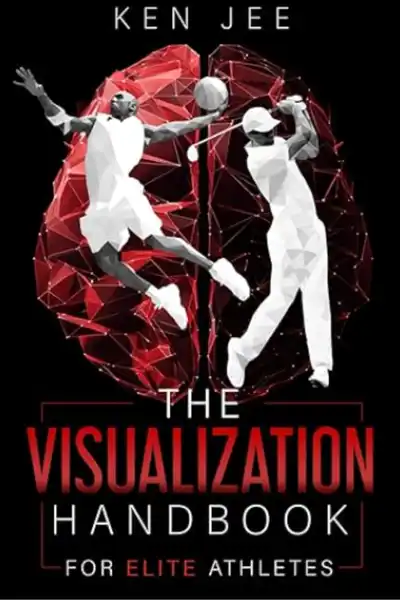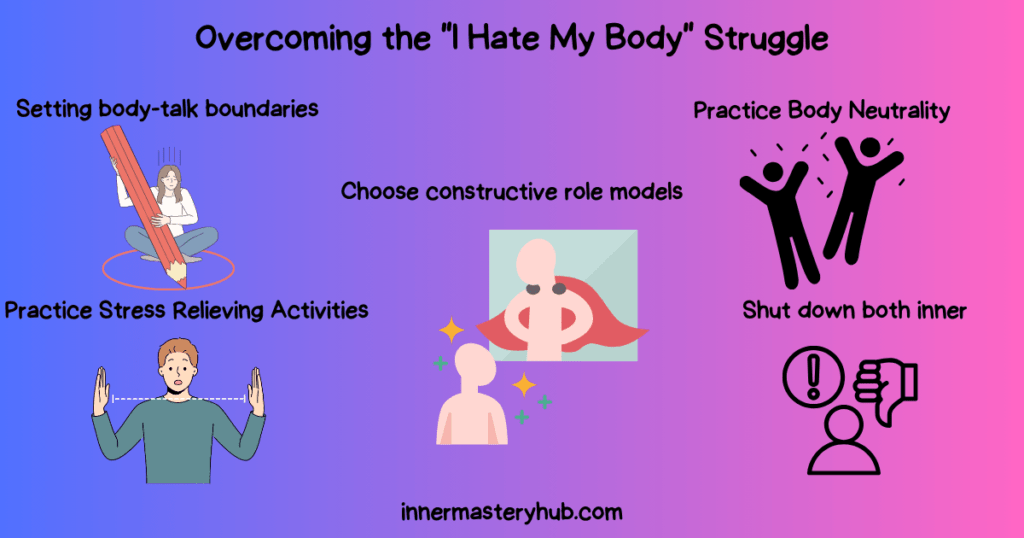The Power of Visualization in Sports: Why Ken Jee’s Handbook Is a Game-Changer for Mental Performance

In The Visualization Handbook for Elite Athletes, Ken Jee delivers a timely, evidence-driven manifesto on the power of visualization as a core performance tool, not a nebulous motivational trick. Rather than treating imagery as an occasional “bonus,” Jee argues that mental rehearsal should be integrated with the same rigor and structure that athletes apply to physical training. His central thesis: the power of visualization lies in its ability to train neural circuits, refine technique, manage pressure, and bridge the gap between intention and execution.
Why This Book Stands Out
While many books on mental performance dwell on lofty inspiration and vague affirmations, Jee’s approach is refreshingly concrete. He draws on neuroscience, sports psychology, and real-world athlete practices to propose a roadmap for developing imagery as a disciplined skill. The book’s structure is progressive: starting with foundational mental imagery exercises and building to advanced applications such as injury rehab, slump recovery, and competition readiness.
Jee weaves stories of elite performers—like Michael Phelps, Muhammad Ali, and Steve Nash—to illustrate that their use of visualization was not incidental but strategically employed. Michael Phelps, for instance, didn’t just imagine perfect races; he visualized potential failures (e.g., goggle malfunctions) and rehearsed his response. Their practices underscore the book’s core message: the power of visualization lies not just in seeing success, but in simulating obstacles and processes.
Core Themes and Highlights
1. Process over Outcome
One of the strongest points Jee makes is the distinction between outcome-based imagery (e.g., “I win the race”) and process-based imagery (e.g., “I execute the first turn with proper body angle”). Research suggests that process imagery is more effective in driving sustained effort and motor learning than outcome fantasies (which can lead to complacency). Jee consistently emphasizes that the power of visualization is magnified when tied to execution steps.
2. Multi-Sensory and Vivid Imagery
Jee encourages athletes to engage all senses—visual, auditory, kinesthetic, even emotional—to make imagery more “real.” The more vivid and multi-sensory the mental rehearsal, the stronger the neural reinforcement. He offers guided drills to sharpen vividness, speed, and control.
3. Context and Pressure Simulation
Top athletes don’t just imagine perfect conditions; they re-create adversity. Jee offers guided frameworks to simulate distractions, fatigue, crowd noise, and high-stakes environments, thereby leveraging the power of visualization to inoculate an athlete’s mindset against shocks.
4. Injury Recovery & Slump Breakthroughs
One of the most valuable contributions is applying mental rehearsal to recovery phases. Even when physical training is restricted, athletes can use imagery to retain neuromuscular pathways, reduce fear, and maintain discipline. Jee presents case examples and protocols for integrating mental practice into rehab. He also offers techniques for bouncing back from performance slumps or mental blocks, turning visualization into a resilience tool.
Critique & Suggestions
- Depth vs. breadth: At times, Jee’s coverage is broad—touching on many sports and scenarios—but certain chapters might benefit from deeper sport-specific case studies (e.g., team sports vs. individual).
- Accessibility for beginners: Although the book is intended as a “handbook,” some of the neuroscience discussions may feel dense for newcomers. A quick “visualization 101” cheat sheet could help anchor beginners.
- More guided scripts: While many exercises are suggested, having more full-length guided scripts or downloadable audio companions would enhance practicality (especially for first-time users).
That said, these are minor caveats. The overall structure, clarity, and real-world orientation make it a rich resource for competitive athletes, coaches, or even serious hobbyists.
Final Verdict
The Visualization Handbook for Elite Athletes is a breakthrough contribution to sports performance literature. Its strength lies in treating visualization not as a motivational cliché but as a trainable neurological tool—harnessing its power to transform how athletes prepare, perform, and recover. For anyone seeking to upgrade their mental game, this book is a must-read.
Rating: 4.5 / 5
Where to Buy
You can find it on Amazon here:
Buy The Visualization Handbook for Elite Athletes on Amazon






